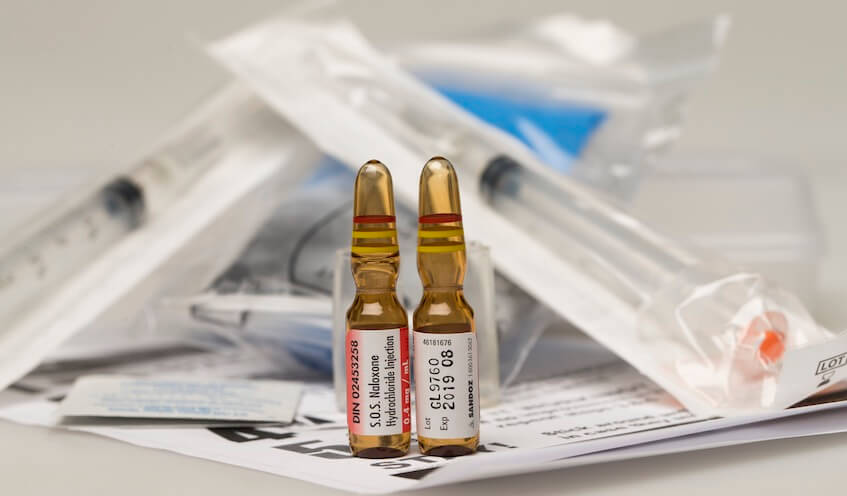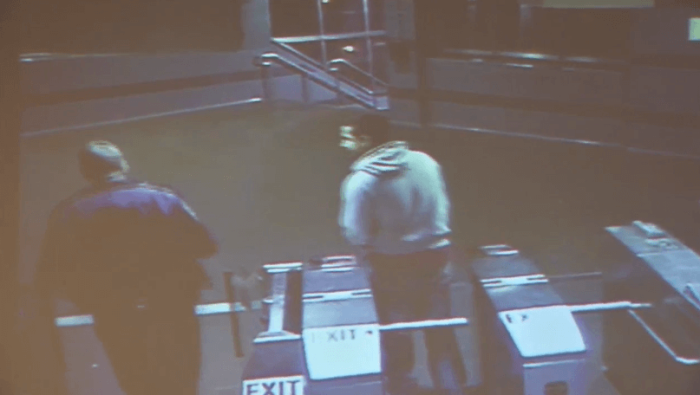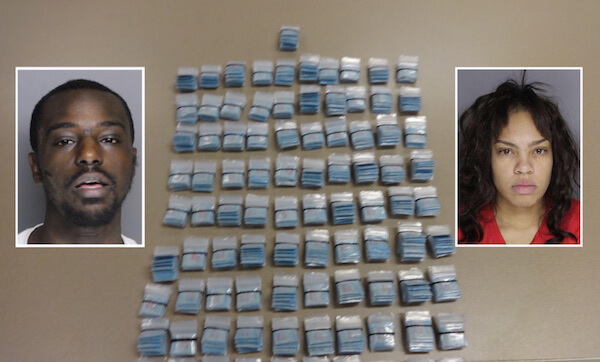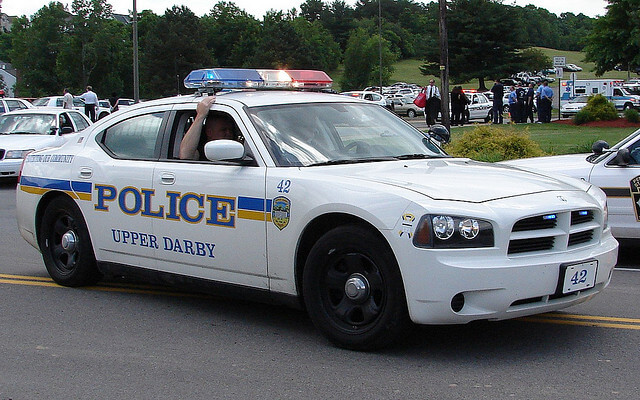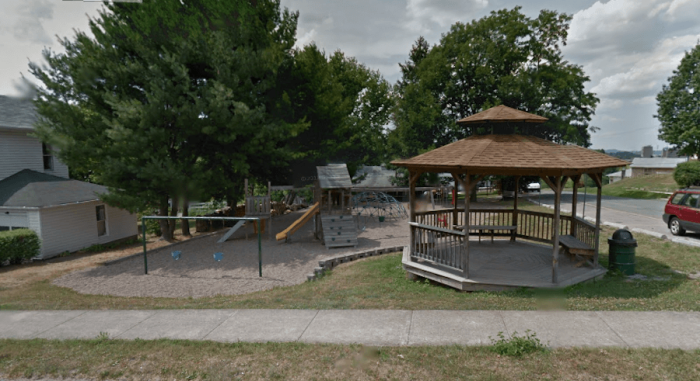It’s no longer an anomaly.
More and more, fentanyl, the dangerous synthetic opioid that has overtaken the city’s heroin supply over the last decade, is showing up in other drugs.
Jennifer Shinefeld, an field epidemiologist for the Philadelphia Department of Public Health, said it’s now common to find fentanyl in cocaine, crack, methamphetamine and K2, a synthetic cannabinoid.
“I think that we need to shift the narrative away from the idea that there’s bad batches that come out,” she said. “This is turning into just the reality.”
The mixture can have deadly consequences, especially for people who do not use opioids and, as a result, have not built up the tolerance to handle fentanyl.
Earlier this month, officials began receiving reports of a spike in overdoses among restaurant and bar workers in Center City and Old City. All involved cocaine contaminated with fentanyl.
Three people have died in connection with the troubling trend since Nov. 9, and others may have been revived with the overdose-reversal medication naloxone. Data is not available on non-fatal overdoses, health department spokesman Jim Garrow said.
Last year, 1,150 people died from accidental drug overdoses in Philadelphia, and fentanyl was involved in nearly 900 of those fatalities.
The substance, Shinefeld said, is 30-to-50 times more potent than heroin and extremely addictive.
It’s unclear why drugs like cocaine are being contaminated with fentanyl, she said. Dealers could be purposefully adding it, or, because they usually handle multiple drugs, it could get in unwittingly — even small amounts can be powerful.
After catching wind of the issue in the restaurant industry, Shinefeld and other health workers rushed to establishments in Old City and Center City last week.
They wanted to hand out naloxone and provide information to managers and employees before new city restrictions went into effect Friday banning indoor dining.
Many restaurant workers are expected to be laid off, if they haven’t been already, and Shinefeld said the outreach team wanted to get to them before they headed home.
Bars and restaurants were receptive to the effort, and, in recent days, the overdose epidemic appears to have abated.
However, the situation shows that all drug users in Philadelphia need to prepare for the possibility that their substance could be laced with fentanyl, health officials said.
They are being encouraged to grab naloxone, also known as Narcan, which, thanks to a state order, is offered at every pharmacy in Pennsylvania without a prescription.
People can also order the medication online or get it from local groups, such as the Kensington-based Prevention Point.
“I personally recommend that everyone carry Narcan on them at all times,” Shinefeld said. “It’s a community effort to keep everyone safe.”
The city offers online trainings on how to administer naloxone, and Shinefeld said it’s easy to use and similar to nasal sprays used to treat allergies.
Drug users can also utilize fentanyl test strips, which can detect whether the synthetic opioid is present in a substance.
Although illegal in Pennsylvania, the strips are available and have even been distributed by the city’s health department.
If someone uses a drug with fentanyl, they should take a small dose, go slower and be around another person, preferably someone with naloxone, Shinefeld said. They could also search for another substance without fentanyl.
“People just need to always have a safety plan in place,” she said.



